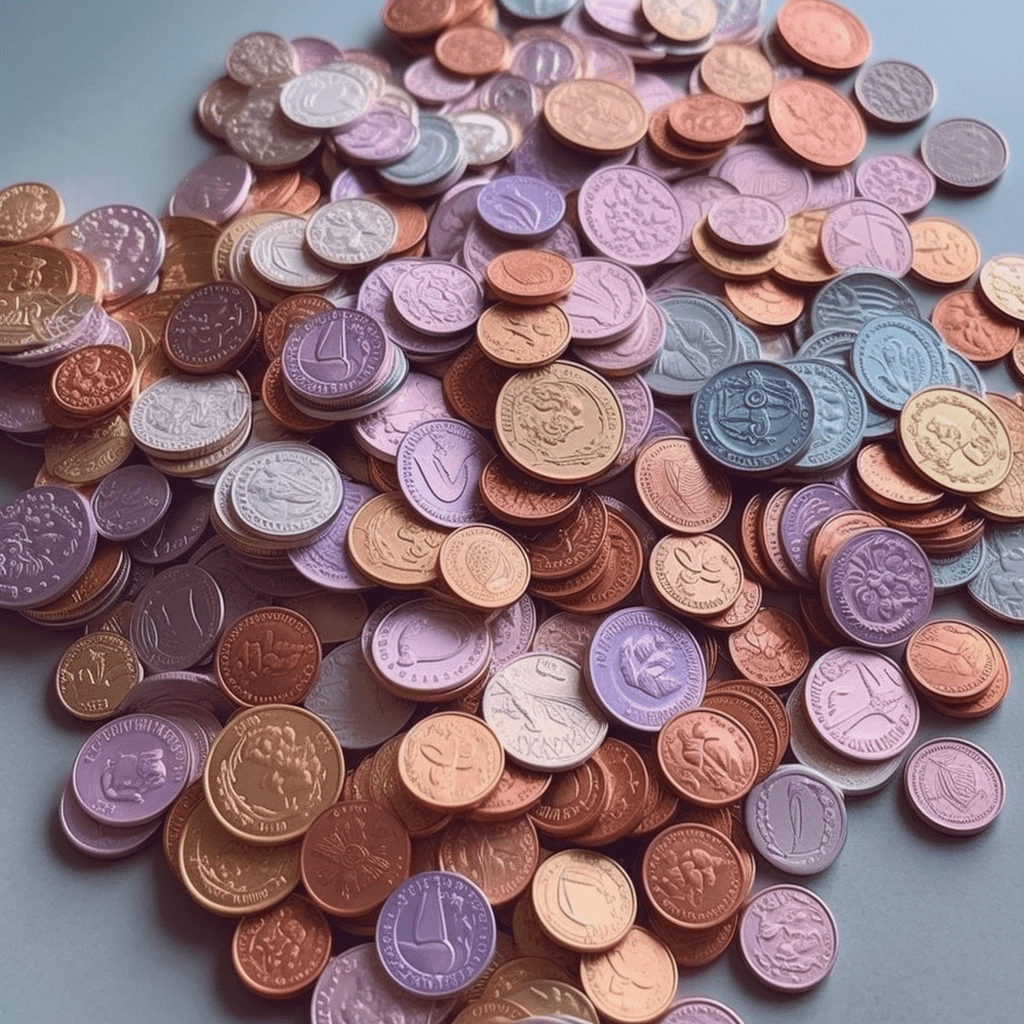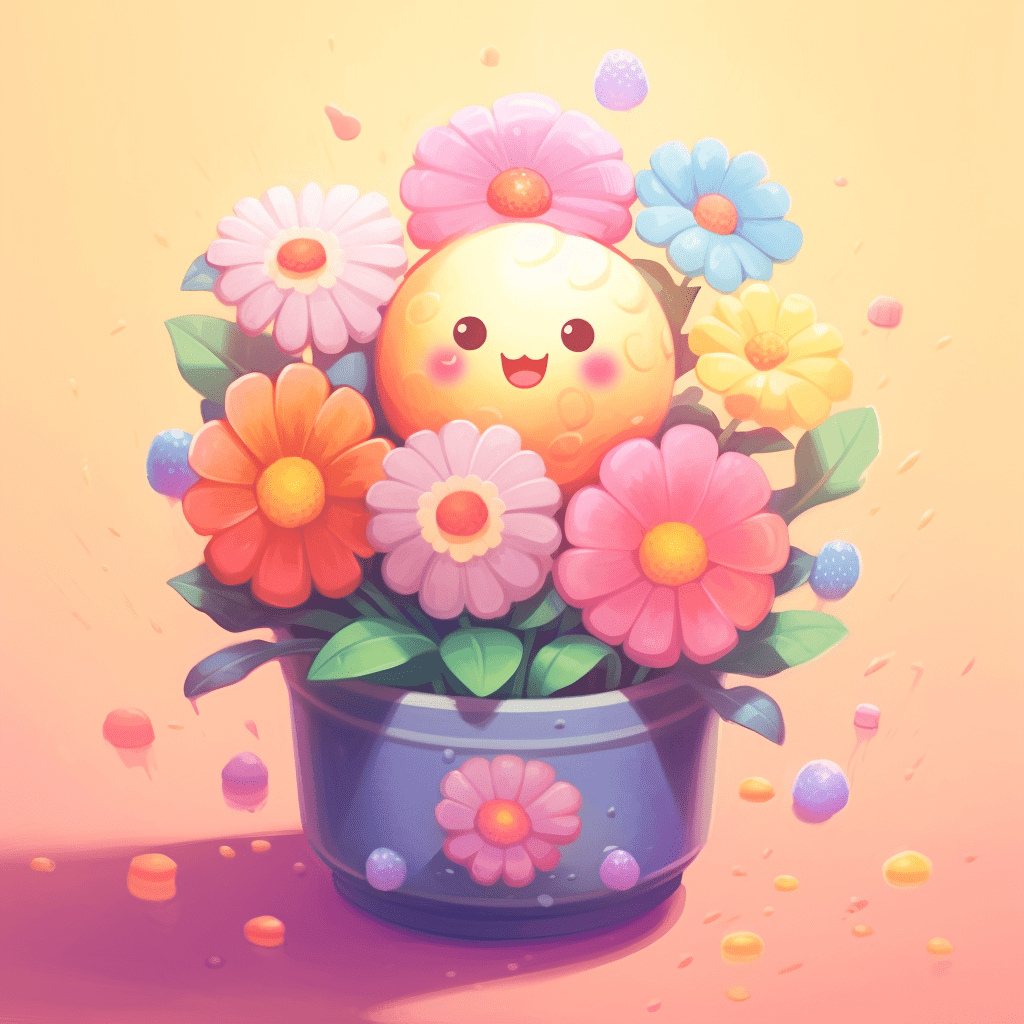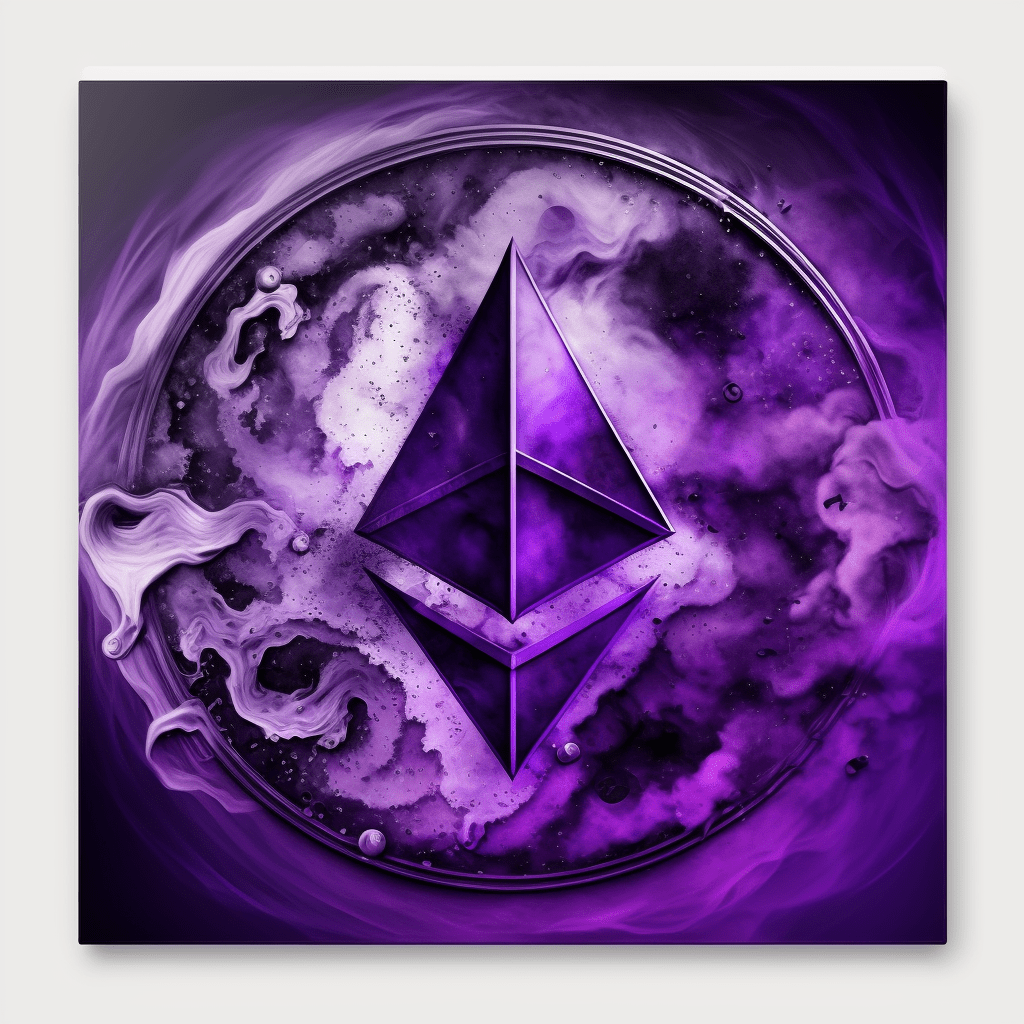Navigating the world of Non-Fungible Tokens (NFTs) can seem like a journey into a world where art, technology, and finance converge. A major question on many prospective NFT creators’ minds is, “how much does it cost to create an nft collection?” Understanding the relationship between the initial investment required to create an NFT collection and the potential long-term value these assets can generate is crucial to your strategic decision-making process.

Breaking Down NFT Collection Costs
Before exploring the relationship between costs and value, let’s first break down what it actually costs to create an NFT collection. While NFT creation can seem simple, multiple underlying costs need consideration, which can vary depending on the size and complexity of your collection.
Artistic Creation Costs: The starting point for any NFT collection is the artwork or digital asset itself. If you’re an artist creating your own work, this cost may only be your time. However, if you’re hiring artists or purchasing artwork, this will be a significant part of your budget.
Gas Fees: These are the costs associated with executing transactions on the blockchain, including minting NFTs. They fluctuate based on network congestion and can be quite high during periods of high demand.
Marketing and Promotional Costs: An essential yet often overlooked aspect of launching an NFT collection is marketing. This includes promoting your collection on social media, hosting virtual events, or even collaborating with influencers to reach a broader audience.
Investment Vs. Potential Value
After understanding “how much does it cost to create an nft collection,” it’s time to explore the potential value. The value of an NFT collection in the long run isn’t solely determined by its creation cost. Several factors influence this.
Uniqueness and Rarity: One of the factors that can add value to your NFT collection is the uniqueness and rarity of the tokens. Limited edition pieces or unique tokens can have a higher perceived value in the marketplace.
Artist’s Reputation: If the NFT collection is created by a renowned artist or personality, it could command a higher price. However, even unknown artists have found great success in the NFT space by building a strong community and narrative around their work.
Demand and Market Conditions: Just like any other asset, NFT values are significantly impacted by market conditions. A booming NFT market may mean higher prices for your collection, while a downturn could negatively affect value.
Mitigating Costs While Maximizing Value

Understanding the relationship between the costs of creating an NFT collection and its potential value can help you navigate this burgeoning marketplace more effectively. Here are some strategies you can employ to mitigate costs while maximizing value.
Choosing the Right Blockchain Platform: Ethereum is the most popular platform for NFTs, but it is also known for high gas fees. Alternatives like Binance Smart Chain, Flow, or Tezos can offer lower transaction costs, which can significantly reduce your overall expenses when creating an NFT collection.
Community Building and Engagement: Building a robust and engaged community can significantly enhance the perceived value of your NFT collection. This can be achieved through regular communication, transparency, and rewarding loyal community members with special privileges or exclusive content.
Creating an Interesting Narrative: NFTs are not just about the artwork; they’re also about the story behind it. By creating a compelling narrative around your collection, you can differentiate yourself in the market and attract potential buyers who connect with your story.
In the next section, we will dive into a case study to further illustrate these concepts, followed by a discussion on the evolution of the NFT market and how this could impact the cost-value relationship in the future.
Case Study: Unraveling Success in NFT Collections
To understand the relationship between NFT collection costs and long-term value more tangibly, let’s explore a real-world example: The Bored Ape Yacht Club (BAYC).
Launched in April 2021, BAYC is a collection of 10,000 unique digital apes, each represented as an NFT on the Ethereum blockchain. The creators didn’t just sell artwork, they built a narrative around it, offering ownership perks like membership to an exclusive online club, rights to the ape’s intellectual property, and access to virtual parties. This approach not only created high demand but also a sense of community amongst the owners.
The initial costs to create the collection would have included the artistic creation, gas fees for minting the NFTs, and marketing. Yet, the value these NFTs command now is exponentially higher than their creation costs. As of this writing, the floor price (lowest price) for a Bored Ape NFT is around 40 Ether, roughly $130,000 at current rates.
The Future of the Cost-Value Relationship in NFT Collections
Looking to the future, we can expect that the landscape of NFT collection creation costs and their potential long-term value will evolve with the broader crypto and NFT markets. The implementation of Ethereum 2.0, for example, aims to reduce gas fees and thus lower the entry barrier for new creators. Additionally, as more artists and creatives enter the NFT space, the competition could drive innovation, pushing creators to provide additional value to buyers beyond the artwork itself.
At the same time, as the market matures, buyers may become more discerning, and only collections that offer true value – be it in the form of unique artwork, utility, or a strong community – may see appreciation in their value over time. This could potentially result in a wider disparity between creation costs and long-term value, emphasizing the importance of a well-planned and executed NFT project.
The Final Brushstroke

In conclusion, the costs of creating an NFT collection are just one factor to consider in the grand scheme of things. The real long-term value lies in the unique properties of the NFTs, the reputation of the artist, the strength of the community around it, and the overall market conditions. Therefore, understanding the correlation between the cost and value of an NFT collection is a dynamic process that requires keeping a pulse on the rapidly evolving market trends and a deep understanding of the NFT community.
